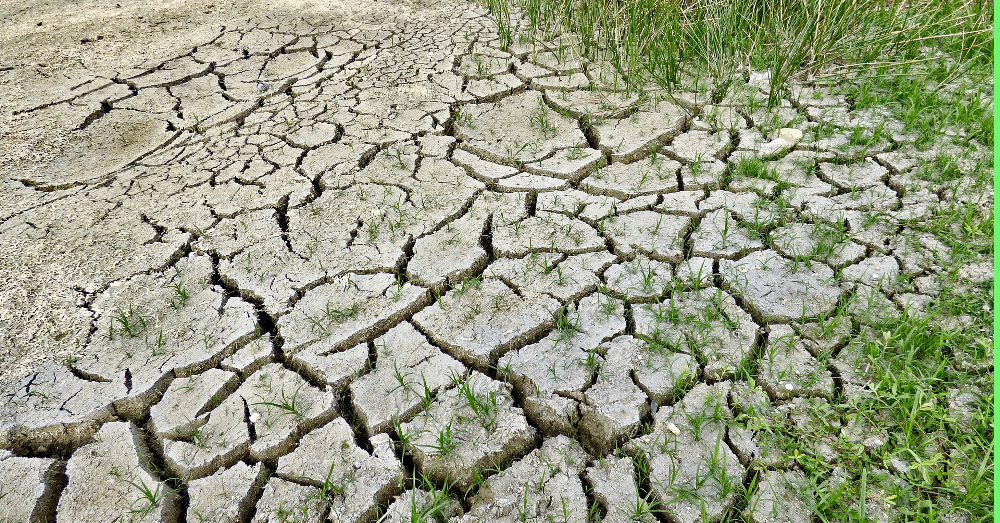
Climate Change and Water Woes Drove ISIS Recruiting in Iraq
Across rural Iraq and Syria, farmers, officials, and village elders tell stories of desperate farmhands swapping backhoes for assault rifles. Already battered by decades of shoddy environmental policies, these men were in no state to navigate the extra challenges of climate change. And so when ISIS came along, propelled in large part by sectarian grievances and religious fanaticism, many of the most environmentally damaged Sunni Arab villages quickly emerged as some of the deep-pocketed jihadists’ foremost recruiting grounds.
November 14, 2017 | Source: National Geographic | by Peter Schwartzstein
Battered by shifting resources, desperate farmers were driven into terror recruiters’ clutches. Can it happen again?
SAMARRA, IRAQ It was a few weeks after the rains failed in the winter of 2009 that residents of Shirqat first noticed the strange bearded men.
Circling like vultures among the stalls of the town’s fertilizer market in Iraq’s northern Salahaddin governorate, they’d arrow in on the most shabbily dressed farmers, and tempt them with promises of easy riches. “Join us, and you’ll never have to worry about feeding your family,” Saleh Mohammed Al-Jabouri, a local tribal sheikh, remembers one recruiter saying.
With every flood or bout of extreme heat or cold, the jihadists would reappear, often supplementing their sales pitches with gifts. When a particularly vicious drought struck in 2010, the fifth in seven years, they doled out food baskets. When fierce winds eviscerated hundreds of eggplant fields near Kirkuk in the spring of 2012, they distributed cash. As farming communities limped from one debilitating crisis to another, the recruiters—all members of what soon became the Islamic State—began to see a return on their investment.
Two agricultural laborers in Azwai, a blink-and-you’ll-miss-it farming community just south of Shirqat, ran off to join the jihadists in December 2013. Seven more from outlying villages followed a month later. By the time the Islamic State (also known as ISIS) seized this swath of Iraq—along with most of the country’s west and north—in a brutal summer-long blitzkrieg in 2014, few locals were surprised to see dozens of former fertilizer market regulars among its ranks.
“We said just wait until the next harvest, life will get better, life will become easier,” Jabouri said. “But things just weren’t getting better. There was always another disaster.”
Across rural Iraq and Syria, farmers, officials, and village elders tell similar stories of desperate farmhands swapping backhoes for assault rifles. Already battered by decades of shoddy environmental policies, which had hobbled agriculture and impoverished its dependents, these men were in no state to navigate the extra challenges of climate change. And so when ISIS came along, propelled in large part by sectarian grievances and religious fanaticism, many of the most environmentally damaged Sunni Arab villages quickly emerged as some of the deep-pocketed jihadists’ foremost recruiting grounds.
